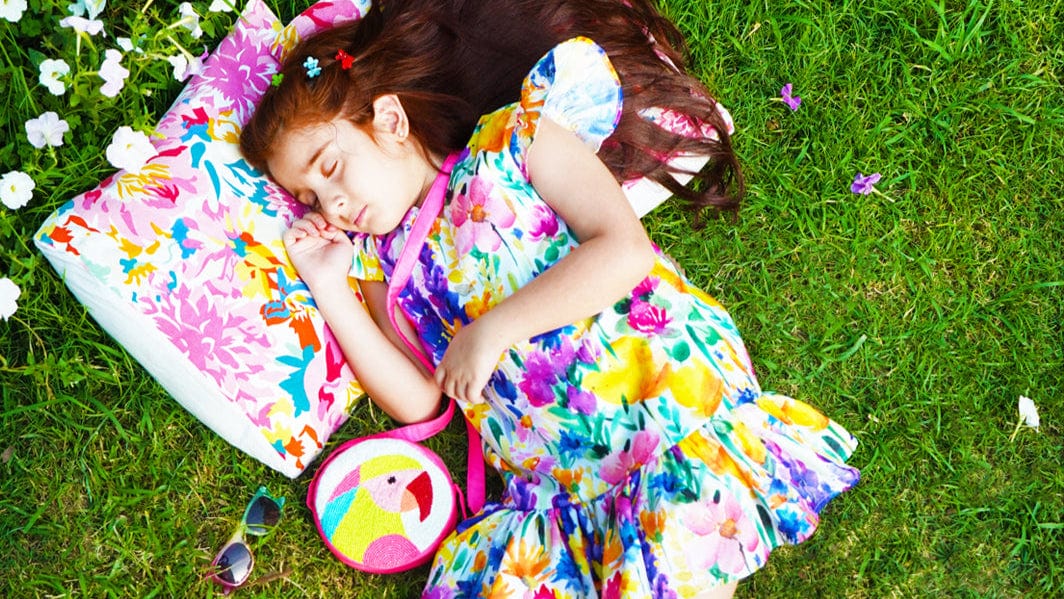When it comes to dressing children, fabric selection is one of the most critical aspects of ensuring their comfort, safety, and style. Kids have delicate skin, are constantly on the move, and their clothing needs to withstand the rigors of play and frequent washing.
This klistel guide will walk you through the best fabric choices for kids’ fashion, helping you make informed decisions that blend comfort, durability, and style.
- Understanding the Importance of Fabric in Kids’ Fashion
The fabric of a garment plays a significant role in how it feels, fits, and functions. For children, the right fabric can mean the difference between a day of comfortable play and one filled with itching, discomfort, or even allergic reactions.
- Comfort: Soft, breathable fabrics ensure that your child remains comfortable throughout the day, whether they’re playing outside or resting at home.
- Safety: Certain fabrics are less likely to irritate sensitive skin, reducing the risk of rashes or allergic reactions.
- Durability: Kids’ clothes need to withstand a lot of wear and tear. Choosing durable fabrics ensures that the clothing lasts longer, even after frequent washing.
- Top Fabric Choices for Kids’ Clothing
When shopping for children’s clothing, these are some of the best fabric options to consider:
- Cotton:
Cotton is the go-to fabric for kids’ fashion, and for good reason. It’s soft, breathable, and hypoallergenic, making it ideal for children’s sensitive skin. Cotton absorbs moisture, keeping your child cool in summer and warm in winter when layered. It’s also easy to wash and maintain, which is a major plus for busy parents. - Organic Cotton:
For parents who prioritize sustainability, organic cotton is an excellent choice. It’s grown without the use of harmful pesticides or chemicals, making it even gentler on the skin and the environment. Organic cotton tends to be more durable and softer than conventional cotton, offering added comfort for your child. - Bamboo Fabric:
Bamboo is a relatively new addition to the world of fabrics, but it’s quickly becoming a favorite in kids’ fashion. It’s naturally hypoallergenic, moisture-wicking, and incredibly soft. Bamboo fabric is also highly breathable and has temperature-regulating properties, making it suitable for all seasons. - Linen:
Linen is a lightweight, breathable fabric that is perfect for warm weather. It’s a natural fiber derived from the flax plant, and it becomes softer with each wash. While linen is slightly more prone to wrinkling, its breathability and durability make it an excellent choice for summer dresses, shirts, and shorts. - Jersey Knit:
Known for its stretch and softness, jersey knit is a versatile fabric used in everything from t-shirts to dresses. It’s a blend of cotton and synthetic fibers, which gives it elasticity and resilience. Jersey knit allows for easy movement, making it ideal for active kids who are always on the go. - Wool:
Wool is a natural insulator, making it an excellent choice for winter clothing. It’s breathable, moisture-wicking, and can keep your child warm without causing overheating. Merino wool, in particular, is soft and non-itchy, which is important for kids who might be sensitive to traditional wool’s texture. - Fleece:
Fleece is a synthetic fabric known for its warmth and softness. It’s often used in outerwear like jackets and hoodies. While it’s not as breathable as natural fibers, fleece is excellent for keeping kids warm in cold weather. It’s also lightweight and dries quickly, which is convenient for parents.
- Fabrics to Avoid in Kids’ Clothing
Just as there are fabrics that are great for kids, there are others that are best avoided due to their potential to cause discomfort or harm:
- Polyester:
While durable and resistant to wrinkles, polyester is not the best choice for kids’ clothing. It’s less breathable than natural fibers and can trap heat, leading to discomfort and sweat. However, blends of polyester with cotton or other natural fibers can sometimes offer a good balance of durability and breathability. - Nylon:
Similar to polyester, nylon is a synthetic fabric that is often used in activewear. While it’s lightweight and durable, it doesn’t breathe well, which can lead to overheating and skin irritation. - Acrylic:
Acrylic is often used as a wool substitute, but it lacks the breathability and moisture-wicking properties of natural fibers. It can also feel scratchy against the skin, making it a less desirable choice for kids. - Rayon:
Although rayon is made from natural materials, the chemical processes used to produce it can result in a fabric that’s less durable and prone to pilling. It’s also not as breathable as cotton or linen, which can cause discomfort.
- Seasonal Considerations for Fabric Selection
Different seasons call for different fabrics, and choosing the right material can help keep your child comfortable year-round.
- Summer:
In hot weather, opt for light, breathable fabrics like cotton, linen, and bamboo. These materials allow air to circulate and absorb sweat, keeping your child cool and dry. - Winter:
For colder months, look for insulating fabrics like wool, fleece, and flannel. These materials trap heat close to the body, providing warmth without bulk. Layering is key, so consider using a combination of cotton and wool for added comfort. - Transitional Seasons:
During spring and fall, when the weather can be unpredictable, choose versatile fabrics like jersey knit and light wool blends. These materials provide enough warmth for cool mornings while remaining comfortable in warmer afternoon temperatures.
- Tips for Caring for Kids’ Fabrics
To ensure the longevity of your child’s clothing, proper care is essential. Here are some tips for maintaining different types of fabrics:
- Follow Care Labels:
Always check the care label on your child’s clothing for specific washing and drying instructions. This will help prevent shrinkage, color fading, and damage to the fabric. - Use Gentle Detergents:
Choose detergents that are free from harsh chemicals and fragrances, especially for delicate fabrics like organic cotton and bamboo. This reduces the risk of skin irritation and keeps the fabric soft. - Wash on Cold:
Washing clothes in cold water can help preserve the fabric’s color and integrity. It’s also more environmentally friendly. - Avoid Over-Drying:
High heat can damage certain fabrics, causing shrinkage and wear. It’s best to air dry or use a low-heat setting for delicate fabrics.
Conclusion
Selecting the right fabric for your child’s clothing is a crucial step in ensuring their comfort, safety, and overall happiness. By understanding the properties of different fabrics and how they interact with your child’s skin and activity level, you can make informed choices that support their well-being. Remember, kids’ fashion should be as much about comfort as it is about style, and the right fabric can help you achieve both.

